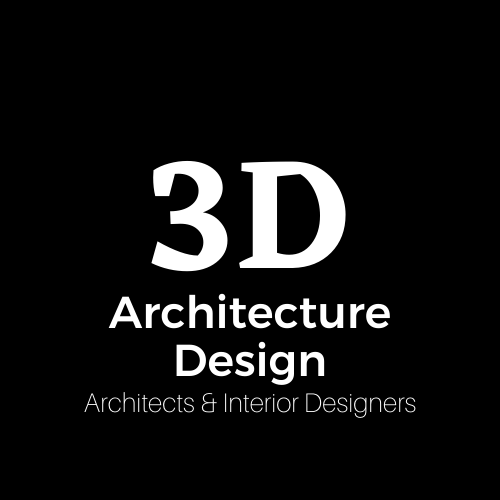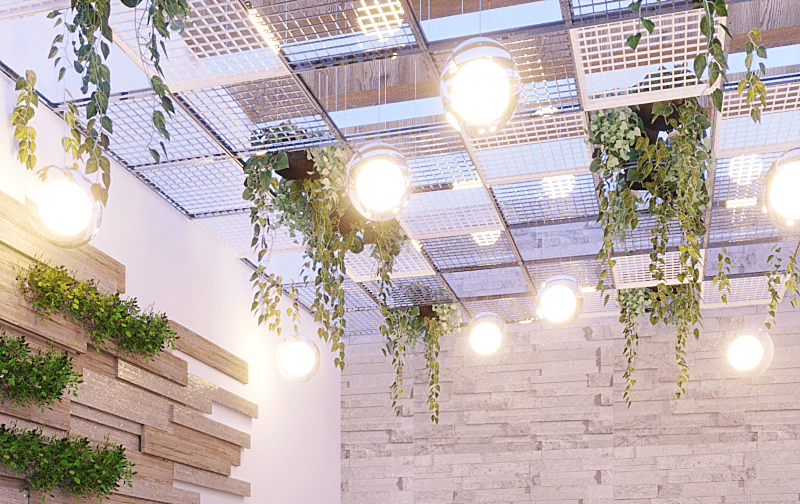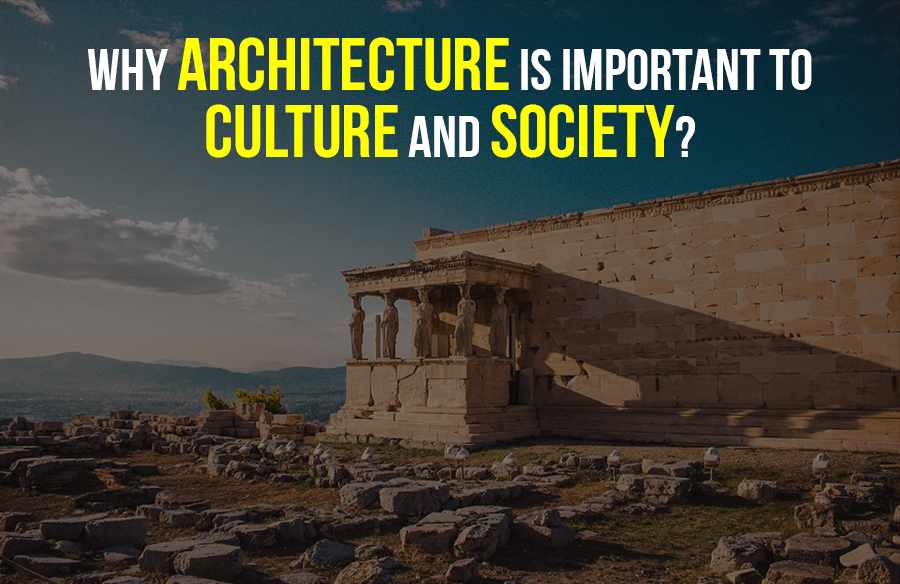Types of architecture represent versatile features and characteristics of a building that make it stand out and historically memorable in the rest of the premises. Architecture is one of the most creative and productive forms of visual arts. There’s a great scope of architecture in contemporary artistic styles.
In the olden ages, kings and emperors concentrated much on architecture and left several masterpieces. Here are some architectural marvels.
- Las Lajas Sanctuary in Narino, Colombia
- Ribbon Chapel in Onomichi, Japan
- The Taipei 101 Skyscraper in Taiwan – one of the world’s tallest buildings
- Burj Khalifa in Dubai, UAE – won the title of the world’s tallest building since 2009.
- The Chand Boari in India, boasting 3500 steps
- The Great Mosque of Djenne in Mali – the largest mud-built structure in the world
Even in the contemporary age, architecture is always there to meet the demands and specifications of individuals and groups. So, the types of architecture depend upon the community’s needs, social formation, and individual requirements.
You can never deny the power of architecture in your society. It is one of the fantastic tools for architects to manifest their exceptional skills, creativity, and artistic spirit.
Let’s have a glimpse of this article to explore various types of architecture.
What is Architecture?
Architecture is an artful science and social art. It can be defined as a vocation, a passion, a business, and a science. Architecture offers the most fantastic ideas and state-of-the-art designs. A great Roman architect, Marcus Vitruvius, describes an architecture in three words, “firmness, commodity, and delight.”
Architecture helps you build a sophisticated harmony with the environment and strengthens you spiritually and aesthetically, improving your health and well-being. Moreover, it offers numerous opportunities and generates a legacy that expresses your traditions and culture.
What is the Most Popular Type of Architecture?
History is rich in paragons of architecture that prefigure the artistic depth of society. Navigating the pages of architectural movements takes us to the world of art and culture. The built environment showcases architectural tapestry adorned with overlapping styles and breath-taking interior designs.
The stunning forms of architecture have landed in the present era after voyaging around the world and adapting various landscapes, climates, and cultural needs.
Here’s a rundown of various types of architecture.
- Domestic
- Commercial
- Governmental
- Religious
- Educational
- Recreational
- Industrial
Domestic Architecture
Domestic architecture works to meet the needs of social units: individual, family, tribe, human, and animals. The goal of domestic architecture is to provide security and shelter to perform the physical functions of life.
These buildings, sometimes also accommodate commercial, industrial, and agricultural activities, involving the family unit, instead of the community. It also focuses on accomplishing the basic requirements of life, such as sleeping, cooking, relaxing, working (professional activities).
The household buildings should also be well-lighted, airy, spacious, and protect from the weather. A man can spend easy life in a room holding a sturdy roof, a door, a window, and walls; all else is considered a luxury.
Commercial Architecture
Commercial architecture focuses on designing the buildings and structures used for business purposes. The goal of this genre is to meet the functional requirements of all the business types. However, it never misses the styles and luxuries that elevate its appeal and fascination.
The scope of commercial architecture is widespread, and you can see its impact in any major city where most of the buildings are commercial. The structure of a commercial building designed by a professional architect not only satisfies the structural specifications but also meets the current and future needs.
Commercial architecture came into existence since the very inception of architecture and some commercial structures have stepped into the present day.
For example,
- Biccard Street, South Africa
- Metro Tech Center, USA
- Dale Street, United Kingdom
- King West, Canada
- Grand Canal Square, Ireland
In the contemporary age, most architects prefer to work on commercial architectural projects. It includes the following four steps.
- Gather client requirements
- Keen analysis of the site location
- Create layout accordingly
- Submit project proposal and costing
Governmental Architecture
Governmental architecture is one of the youngest types of architecture. This newly emerging discipline is highly appreciable as it has to work on considerably distinct and specialized structures. The fundamental roles of a government are almost similar in all communities:
- Administration
- Legislation
- Delivering justice
But the architectural needs may vary from country to country according to the authorities and the public. A government centralized in a single hand can perform its functions at the ruler’s residence. Whereas the governmental functions carried out by several individuals require well-established buildings and an aesthetic environment.
However, there are no hard and fast solutions for government architecture. Any sheltered area equipped with convenient space for administration and deliberation can smoothly meet the practical needs of the government.
The governmental architecture plans the design and structure of the building based on the ideology of different political organizations. For instance
- Monarchy
- Theocracy
- Democracy
And traditions of some government offices
- Assembly houses
- Law courts
- City halls, etc.
The governments that obtain power by force choose spacious and elegant styles of architecture to express their authority. Those political systems in which the ruler is believed to be a divine figure incorporate religious symbolism into their architectural designs.
The democratic governments promote architectural frameworks that best depict the endeavors and objectives of their community, a challenging task for modern architects!
Religious Architecture
The history of architecture is rich in religious buildings than any other genre. The past cultures reveal the universal and grand appeal of the religions in the form of churches, mosques, or temples that are
- Most influential
- Most permanent &
- Most striking
The requirements of religious architecture are complex and entirely different from domestic architecture. All religions involve particular types of activities so the religious buildings should be designed accordingly. Here are some worth-seeing religious structures
- Badshahi Mosque, Lahore, Pakistan
- Sultan Ahmad Cami (Blue Mosque) Istanbul, Turkey
- Mayan temple Tikal in present-day Guatemala
- Sarira Pagoda, Chengda, Hebei province, China
- Funerary art: Taj Mahal, Agra, Uttar Pradesh, India
Educational Architecture
Every genre of architecture represents peculiar features of design and society. Educational architecture concentrates mainly on the following key principles in K-12 school sketches:
- Safety and security
- Multipurpose space
- Transparency
- Outdoor learning environment
- Technology integration
In addition to the key insights, inscribed above, the educational buildings should be intellectually appealing and inspiring. Classrooms should be spacious, and the whole aura of educational projects should offer a healthy learning environment!
Recreational Architecture
Human communities have been consistent in recreational architecture throughout history. Many cultures reveal the roots of recreational architecture embedded in religious rites. But with time, they gained independence from religious expression and flourished a lot.
Theaters were perhaps the first form of recreational installations in ancient Greece. The Romanians introduced many monumental modifications in the Greek theatre. In the middle Ages, people depended on churches and temporary structures for dramatic purposes.
Then the Renaissance period revived Roman theatre and the 17th century added opera, drama, and ballet that caused some productive changes in theatre. So after undergoing many innovative changes, theatre approached the present day. The modern theatre is comparatively sophisticated and efficient in acoustical methods and materials. Similarly
- Auditoriums
- Athletic architecture
- Colosseums
- Museums
- Libraries
- Hospitals &
- Welfare architecture
All present innovations and breath-taking artistic changes in their designs and structures have passed through the creative evolutionary history. Today, recreational architecture is an essential and well-paying discipline of the architect. The modern age has invested a lot of time, money and a creative endeavor to elevate the status and scope of recreational architecture!
Let’s have a glimpse of the masterwork of architects in the field of recreation.
- Library of Congress – Washington D.C., USA
- The Louvre, Paris
- Toronto General (University Health Network)
- Sydney Opera House, Sydney
- The Allianz Arena, Germany, and more
Industrial Architecture
Societies and communities expect the premises from architects where the industrialists can execute various processes as
- Manufacturing
- Transportation
- Power Production
- Communication and the like
In the past, most of these needs were neglected and met in the domestic units that were comparatively larger than residences. Banks, factories, hostelries, stores, warehouses, and guildhalls – all focused more on space than other facilities and aesthetics.
Industrial Revolution also brought profound novelties in the techniques of architecture. Today, industrial buildings are well-organized and dominated by devices, machines, and processes instead of showing the domestic environment.
Let me pen down some categorical listing from industrial architecture
- Office buildings: stores markets, exhibition houses, warehouses, banks
- Transportation: bridges, roads, tunnels, sea and air transport, garages, hotels, and other storage facilities
- Communication: structures for the transmission of telegraph, telephone, television, radio, and radar communication
- Production units: food processing plants, mines, laboratories, factories
- Power Houses: Fuel storage, dams, power generating plants, processing, distribution installations.
Wrap Up
It was all about the seven best types of architecture. Architecture has displayed many advancements in every field, and the journey of progress is continued. After going through this article, you can assess that the future of architecture is bright!








